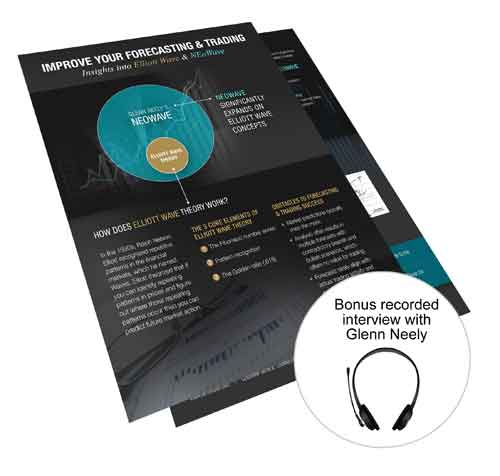Question of the Week: 3/31/2010
I've followed NEoWave's S&P strategies for 6 years. During that period you mostly went Short. How come and what conditions must exist to go Long?
Answer:
On Sept. 5, 2000, a 20 year bear market began in the S&P. As a result, and by definition, the S&P's largest and fastest moves will primarily be to the downside (remember how violent the declines were in late 2008 and early 2009?). Due to the size of the correction unfolding (20 years in this case), counter-trend rallies can last years and be very large in price, but they will almost certainly be slower and smaller than the declines. As a result, for the next 20 years, the majority of the best trades will be Short trades. That is the primary reason most, but not all, of my trades the last 6 years have been on the Short side.
Another reason Short trades should be the primary focus for the next 2 years is because a smaller degree, 4-6 year bear market began Jan. 2008 (it is inside the larger bear market beginning Sept. 2000). So, from Jan. 2008 until late 2012 or so, the largest, fastest and most predictable market moves will be declines.
The problem we are currently experiencing is due to the size of the counter-trend moves. They are SO large in price that they can last for 1-3 years, but still (under wave theory) they are counter-trend, which makes them more difficult to predict and trade.
Once the 4-6 year bear market (starting Jan. 2008) is over, a multiyear rally will begin. When that occurs, it should be the first time since March 2003 (when I last turned bullish for several years), that a MAJOR buying opportunity will exist that is predictable and tradable under wave theory. Until then, we are must tolerate this highly complex, very large, very time-consuming counter-trend rally off 2009's low. Once this large (B)-wave rally has ended, trading and market predictability will increase substantially for at least 6-12 months.
 Click here to view NEoWave's Question Of The Week archive
Click here to view NEoWave's Question Of The Week archive



